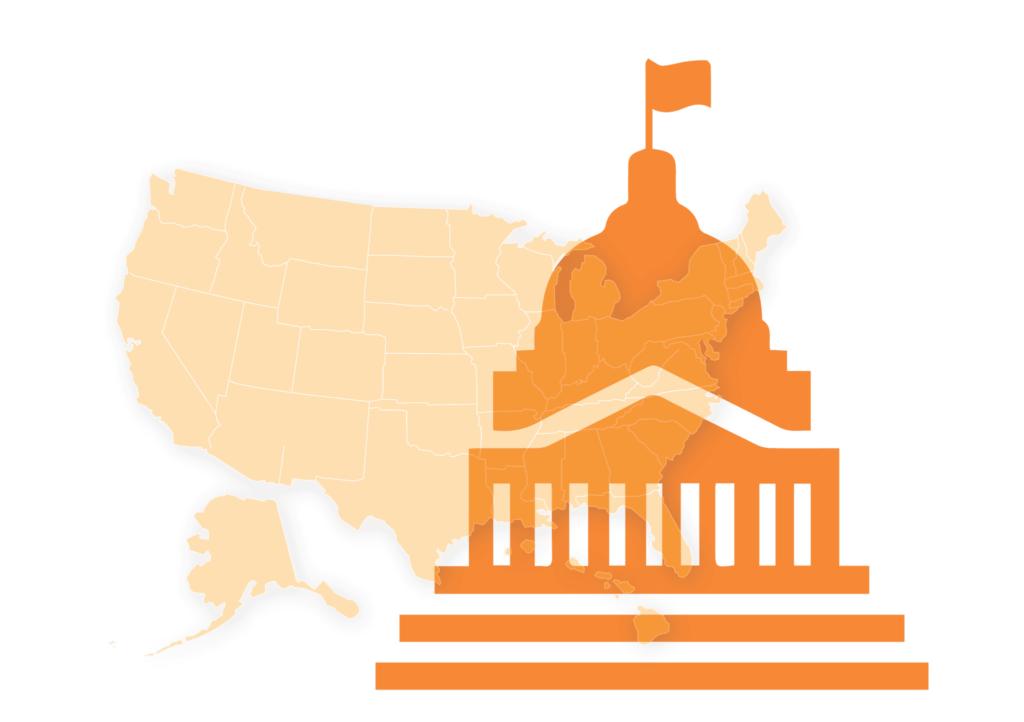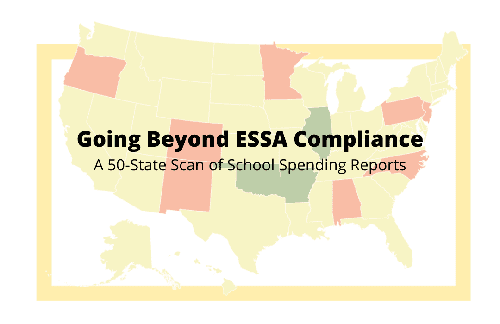Dear Director,
On behalf of The Education Trust, an organization dedicated to closing long-standing gaps in opportunity and achievement that separate students from low-income families and students of color from their peers, thank you for the opportunity to submit comments on the U.S. Department of Education’s upcoming Study of District and School Uses of Federal Education Funds, scheduled to begin in September 2020.
It has been nearly 10 years since the Department undertook a study of this kind, so we are encouraged by the renewed desire to understand how states and districts are using the funds allocated to them under Part A of Titles I, II, III, and IV of the Elementary and Secondary Education Act (ESEA) — including school improvement grants provided under Section 1003 of Title I, Part A, and Title I, Part B, of the Individuals with Disabilities Education Act (IDEA).
The public education landscape has changed significantly since the Department’s last such study. We, in the education advocacy community, have a stronger focus on closing the opportunity gaps that lead to achievement gaps; we have a deeper understanding of how to provide great learning experiences to students who have been historically underserved; we have better data to monitor student progress; and we know the importance of giving community members a voice in education decisions. This study is critically important in advancing our collective understanding of how districts and schools leverage this knowledge when spending federal funds.
Although we know more about what it takes to close opportunity and achievement gaps, research shows that schools and districts serving students from historically underserved backgrounds still receive fewer resources than their White, wealthier peers. Our analysis shows that, on average, the highest poverty districts in the United States receive about $1,000, or 7%, less per pupil in state and local funding than the lowest poverty districts. In addition, a recent report from Ed Build found that “nonwhite school districts get $23 billion less than white districts despite serving the same number of students.”
The per-pupil expenditure requirement of the Every Student Succeeds Act (ESSA) has the potential to put school-level spending data in the hands of parents and families, advocates, and other community members and shine a light on how districts are allocating funds — including federal dollars — across schools. However, current trends in state-reported data reveal that states are not publishing this data in ways that allow users to understand spending differences (or the lack thereof) across schools.
Funding is just one component of resource equity. It’s not enough to examine how much is being allocated; we must also ask, How well are dollars being used to provide rich opportunities to historically underserved communities? Funding inequities undermine schools’ and districts’ ability to recruit and retain experienced and diverse teachers, offer rigorous and advanced coursework, and provide robust wrap-around services needed to unlock students’ social, emotional, and academic potential.
We are hopeful that the Department’s proposed study, paired with the per-pupil expenditure (PPE) requirement under The Every Student Succeeds Act (ESSA), will help us better answer these questions (and more), so we can fully understand what it will take to achieve true resource equity for students of color and students from low-income families.
To enhance the utility of the information to be collected, we hope the Department will consider including the following research questions:
- How do districts ensure that spending decisions are evidence-based?
- How do districts ensure that federal funds are used to support the intended beneficiaries, while not segregating students based on family income, English language status, or disability status?
- How are districts leveraging federal education dollars to improve state and local spending decisions?
- How are districts and schools leveraging the community engagement requirements of the ESEA to make spending decisions that have been shaped by the voices of residents in directly impacted
communities (e.g., the students and families the funding is intended to support)?
- What federally provided technical assistance and guidance do districts believe they need to help
improve spending decisions at the district and school levels?
The Department should not use this study as a tool to justify or encourage this Administration’s proposed deep cuts to federal education spending — which would be harmful and have been included in all of President Trump’s first-term budget proposals. This study presents an opportunity to better understand how funds are used under the aforementioned programs and ensure that they are used in the most effective ways to address the education equity issues raised above. The Department should encourage participating schools and districts to be forthcoming and transparent as part of this process.
We look forward to providing additional feedback on the Department’s efforts in this area and are hopeful that this study will shine a bright light on the inequities that continue to deny vital educational opportunities to students from low-income families, English learners, students with disabilities, and students of color.
Sincerely,
Ary Amerikaner
Vice President for P-12 Policy, Research, and Practice
The Education Trust






